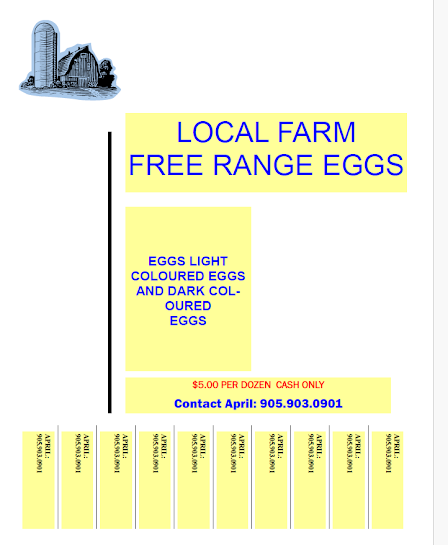Free-range chickens enjoy the freedom to roam and explore the great outdoors, which can lead to healthier and happier hens. Let’s delve into what it means to raise free-range chickens and how it impacts egg production:
- Defining Free Range:
- In the commercial world, the term “free range” has
specific criteria set by the USDA. According to these standards, chickens
labeled as free range must have some access to outdoor space. However,
this doesn’t necessarily mean they roam freely in open fields.
- For homesteaders and backyard chicken keepers like us,
free range means allowing our flock to move around outside a confined
area. This could be within a fenced pasture, your backyard, or even open
fie
- My own free-range flock has access to a large chicken
yard before I open the gates for full free-ranging. They come and go as
they please during most of the day.
- Supervised Free Ranging:
- There’s a trend called “supervised free ranging,”
which strikes a balance between total free range and confinement.
- Here’s how I manage my free-range chickens:
- Feeding:
I feed my chickens once a day. They’re free to roam most of the day, and
I adjust their feeding time based on factors like hawk breeding seasons
or winter predator risks.
- Winter Considerations: During winter, I let them out in the morning and
feed them around 5 PM to ensure their safety from predators.
- Relative to Location: The approach varies based on where you live and
your preferences for your flock.
- Egg Laying:
- Free-range chickens lay eggs at a similar rate to
other housing arrangements (organic, housed, etc.) as long as they
receive consistent light exposure and proper nutrition.
- The fact that they’re free to roam doesn’t
significantly impact egg production if other factors remain constant.
Remember, happy hens often lead to
better eggs!

No comments:
Post a Comment